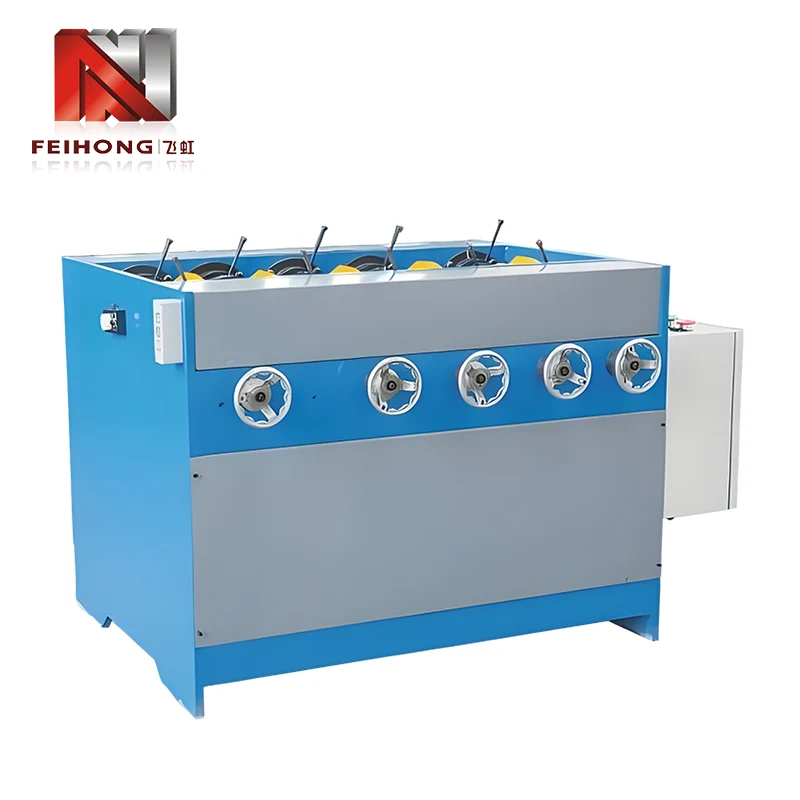The working principles of Pipe Straightening Machine
2025-06-04
The working principle of a Pipe Straightening Machine is based on using a series of rollers to correct bends, curves, or irregularities in pipes or tubes. The machine applies mechanical pressure and rotational force to gradually straighten the pipe as it passes through the rollers. Here's a step-by-step breakdown:
Working Principles of Pipe Straightening Machine
Feeding the Pipe:
The bent or curved pipe is fed into the machine manually or via an automatic feeder.
Roller Arrangement:
The machine has multiple rollers arranged in two sets: upper and lower rollers.
Typically, the rollers are arranged in a "V" or offset pattern to allow even pressure from different angles.
Bending Correction:
As the pipe passes through the rollers:
The lower rollers support the pipe.
The upper rollers apply downward pressure to correct any upward bend.
Simultaneously, pressure from both sides adjusts any sideward deformation.
Adjustable Rollers:
Rollers can be adjusted vertically and horizontally to apply the right amount of force, depending on pipe material and degree of bending.
This ensures precise straightening without damaging the pipe surface.
Rotational Movement:
The rollers rotate continuously, pulling the pipe through and simultaneously rotating it, so that corrections are applied uniformly around the circumference.
Exit and Collection:
The now-straight pipe exits the machine and is collected or sent to the next processing station.

Types of Drive Mechanism
Mechanical drive (via motors and gears)
Hydraulic drive (for higher force applications)
Electric servo systems (for precision control)
Key Features:
Suitable for different pipe sizes and materials (steel, copper, aluminum).
Adjustable pressure settings.
High straightening precision.
Continuous operation for mass production.
If you are interested in our products or have any questions, please feel free to contact us.


